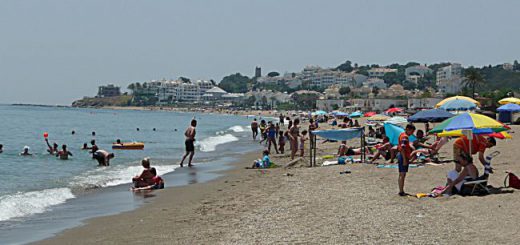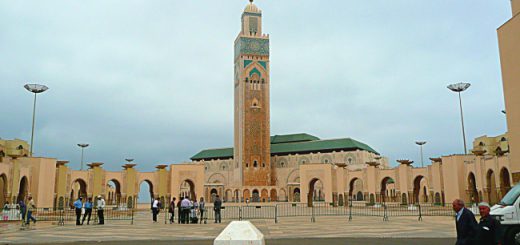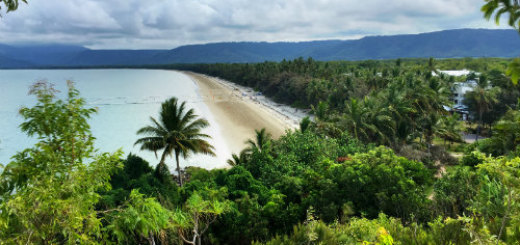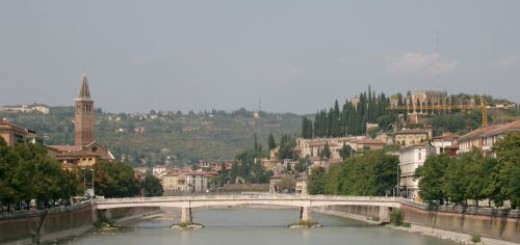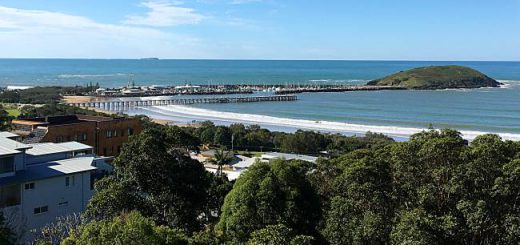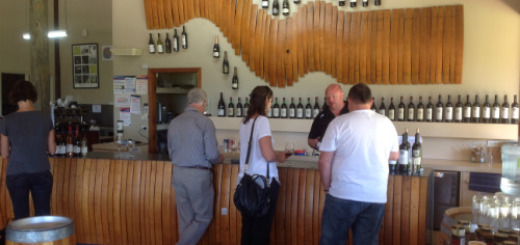Ajaccio – Corsica

Ajaccio is the capital of Corsica, on the west coast of this French island, which is only a few kilometres north of Sardinia in the Western Mediterranean. It is a very popular cruise port. When we were in Sardinia a few years ago we did not have time to go there, so I was very pleased that our HAL cruise on the Rotterdam stopped there on its way to Italy. Our ship berthed within easy walking distance from the centre of town.
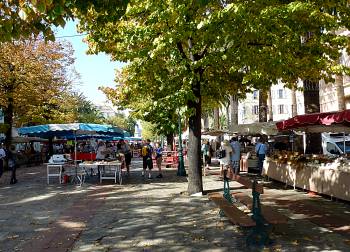
Monday was apparently market day and the market was in full swing in Place Foch. We had decided to have a less hectic day after all the touring, so we took our time wandering among the stalls. There is nothing like a French market to stir the gourmet and the photographer in me, with its sights, sounds and smells.

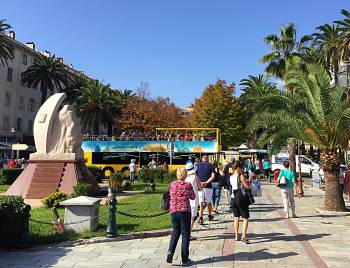
Next it was coffee and cake at La Rade Brasserie on the corner of Place Maréchal Foch and Quai Napoléon while we accessed the free wifi and checked our emails. Opposite was the ticket office for the touristic open-top bus which was doing a brisk trade with our fellow cruisers.
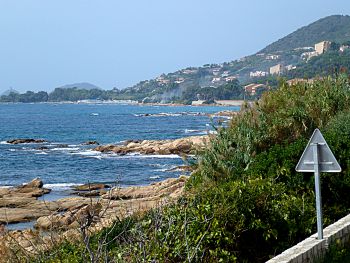
For a modest fee we were taken on a commentated tour through the city centre before heading out along the coast road to La Parata, the point opposite the Îles Sanguinaires – a group of tiny islands so named for their red (bloody) rocks. This was the only stop in the 90 minute tour, so getting photos of the sights along the way was a challenge.
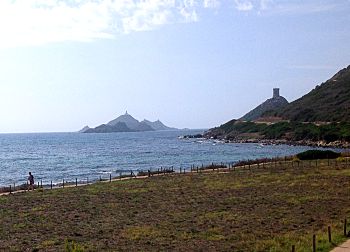
The islands are a designated reserve for sea birds and other wildlife and have a unique habitat with many plant species not found on the Corsican mainland. It is possible to take a boat trip out there from the Ajaccio marina for guided walks.
The bus stops at La Parata for 20 minutes for the more energetic to climb up to the Genoese watchtower, but we elected simply to take photos, buy souvenirs at a stall and visit the conveniences, following which the bus took us back to the city via the Citadelle – a Genoese military installation, still in use today.
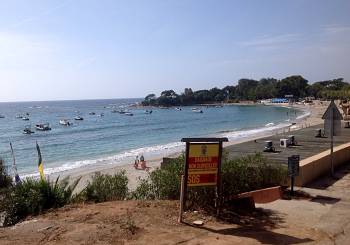
Driving along the coast road we saw a number of popular beaches as well as craggy outcrops of rocks.

One unusual sight for us was a large cemetery right up along the road’s edge, with private family crypts which looked like a mini city.

As we neared the town centre we had a good view of the Cathedral, Notre Dame de l’Assomption, where Ajaccio’s most famous son – Napoleon Bonaparte – was baptised.

Napoleon I was born in Ajaccio in 1769, and is remembered in various statues, streets and buildings around the city, including his home which is now a museum. Dressed as a Roman emperor, at the top of Place Foch on Place du Maréchal Joffre, his statue as First Consul presides over the town, while there is another in well-recognised military attire with his hand between his waistcoat buttons, at the end of Cours du Général Leclerc atop an elevated area called Place d’Austerlitz. In Place De Gaulle there is a monument to him with his brothers. Even the airport is dedicated to him.

There are other places of note connected to the Bonaparte family around the town. The Musée Fesch (1827-1852) on Rue Fesch, founded by cardinal Joseph Fesch, Napoleon’s uncle, contains one of France’s finest collections of Italian old masters, including Botticelli, Titian, Veronese and Bellini, one of the most important Napoleonic collection of paintings and memorabilia and a Corsican Collection of paintings. The museum is housed in the imposing 19th-century Palais Fesch with a statue of the former French prince in the forecourt. The Chapelle Impériale, at one side, contains his tomb as well as that of his sister, Napoleon’s mother, Letizia Ramolino.
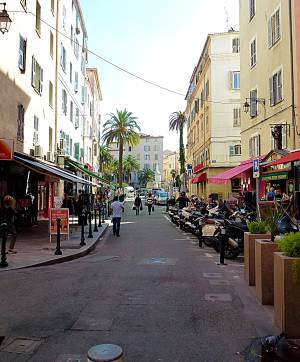
Architecture in Ajaccio is quite definitely French, with many street cafes, shops and colourful apartment buildings.

The tall palm trees throughout the city clearly mark this as a Mediterranean island, however. The distinctive former Grand Hotel Continental is now the seat of the Corsican Assembly.While most of the population lives near the city centre, more modern developments are being built along the western coastal fringe. The rugged hinterland rises quite abruptly from the coast and is wild and unaccommodating.

The nature of the winding roads and mountainous areas makes travel in Corsica somewhat challenging and so many fellow cruisers opted to stay in town. Some of our new friends booked an excursion to Cargèse, a Greek village to the north, or to Piana, famous for its calanques (rocky coves) and touted as one of the most beautiful villages in France. Although these were only 50-65 km away, the tours took all day because of the travel difficulty and would not have allowed us to really see Ajaccio itself. No wonder most of the tours offered involve boat trips! We had wanted to see Bonifacio in the south, but it was simply too far. Maybe we are meant to return one day!
Related articles
- 10 gorgeous islands you’ve never heard of (cnn.com)
- Interesting Facts About Corsica (travelingmyself.com)
